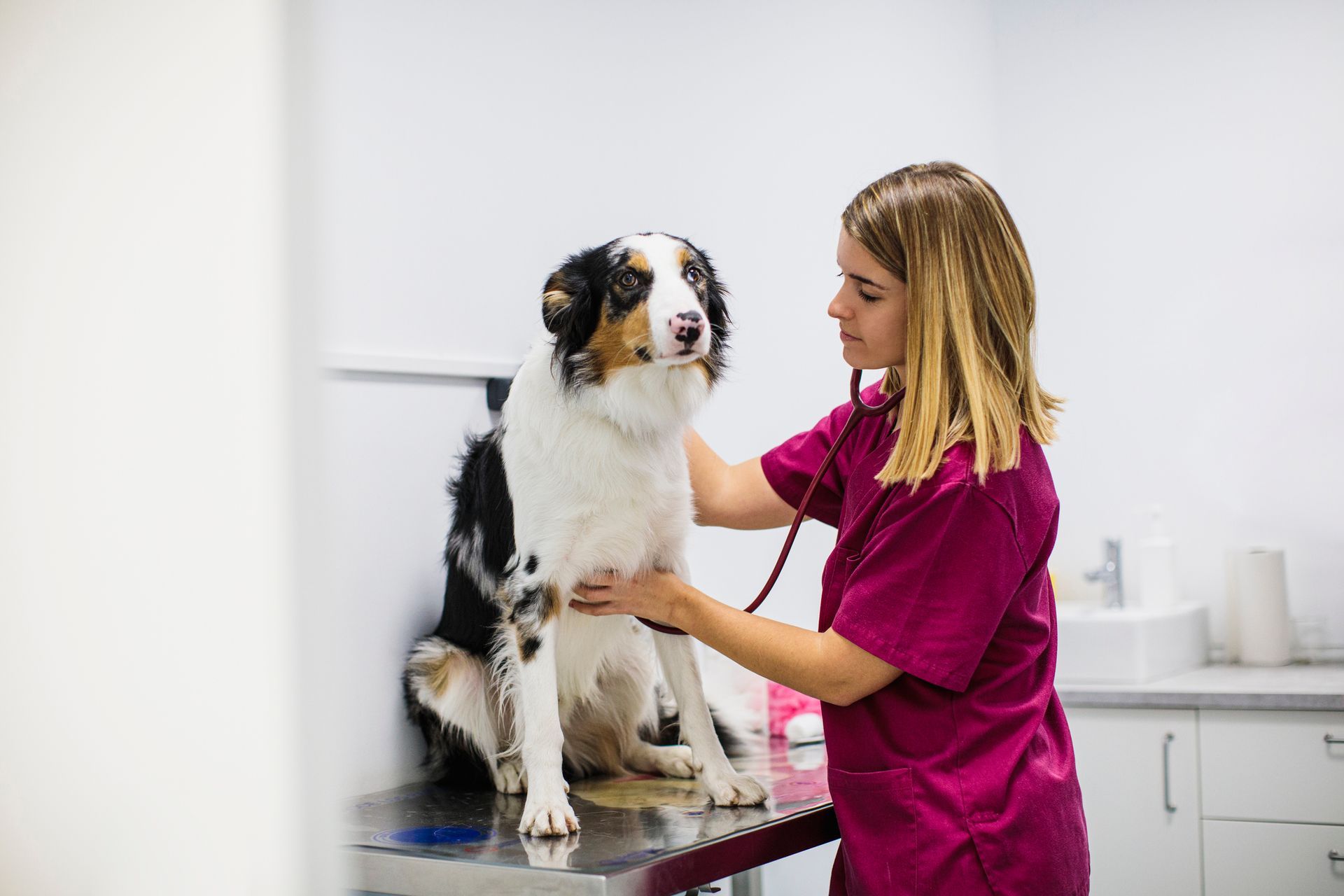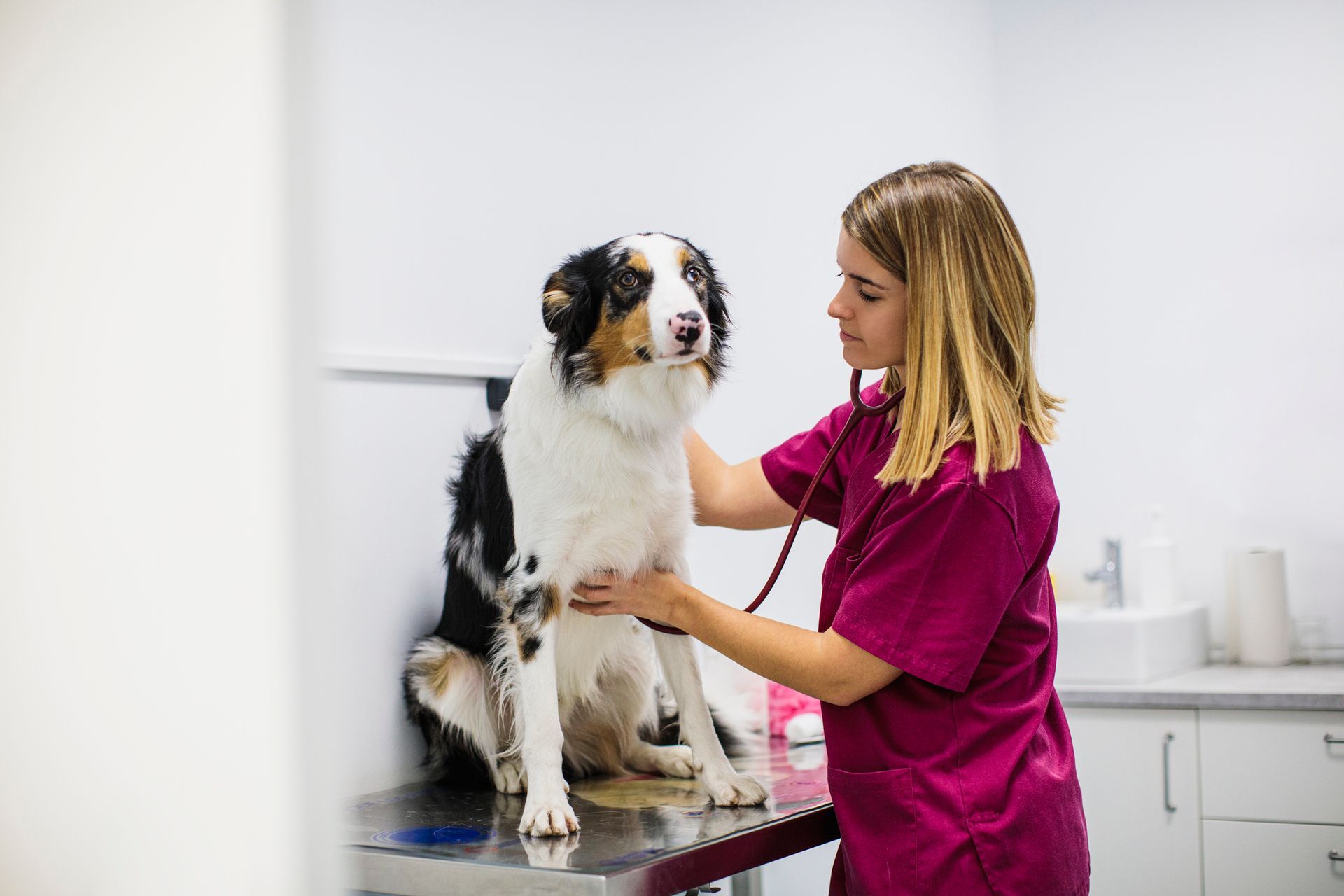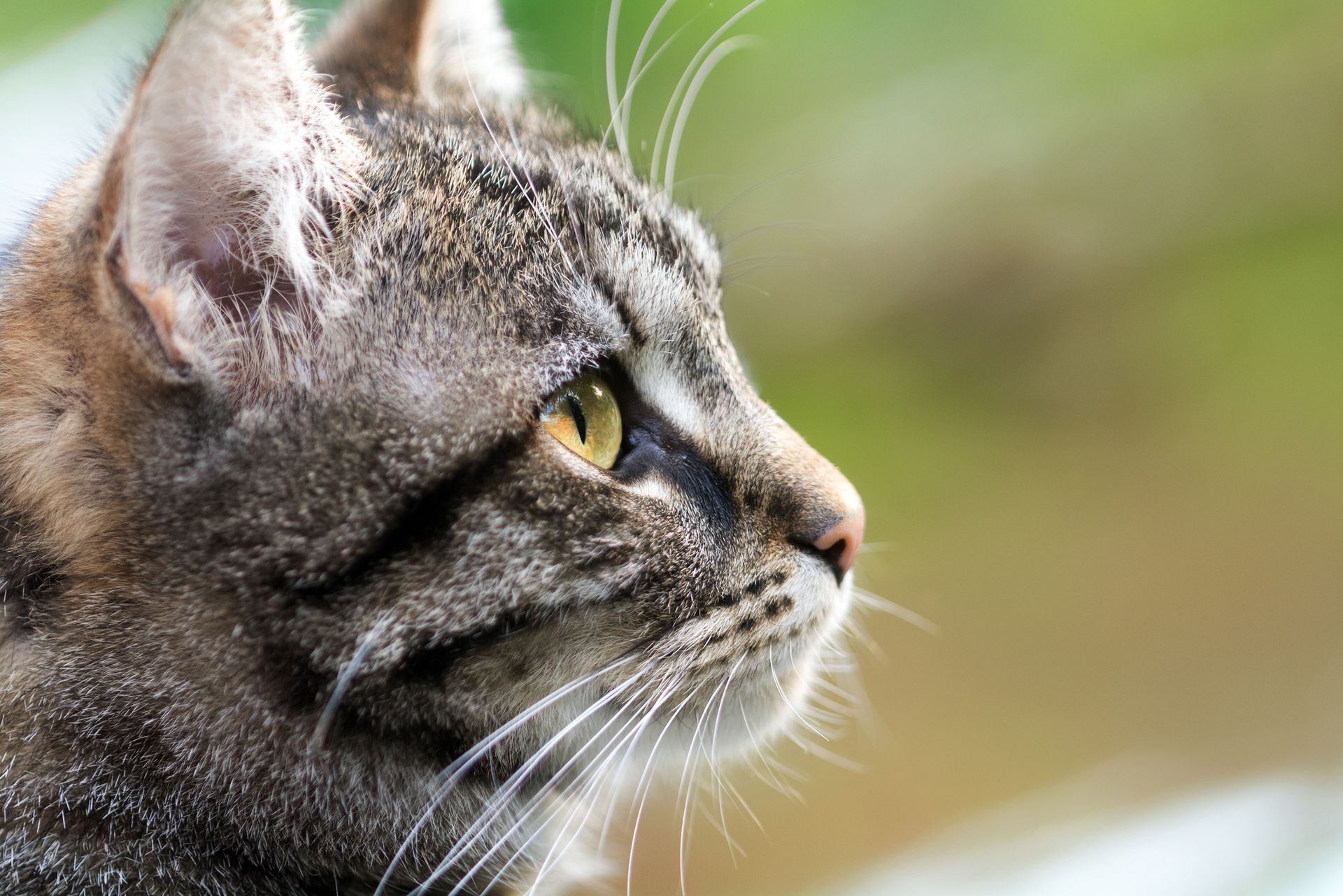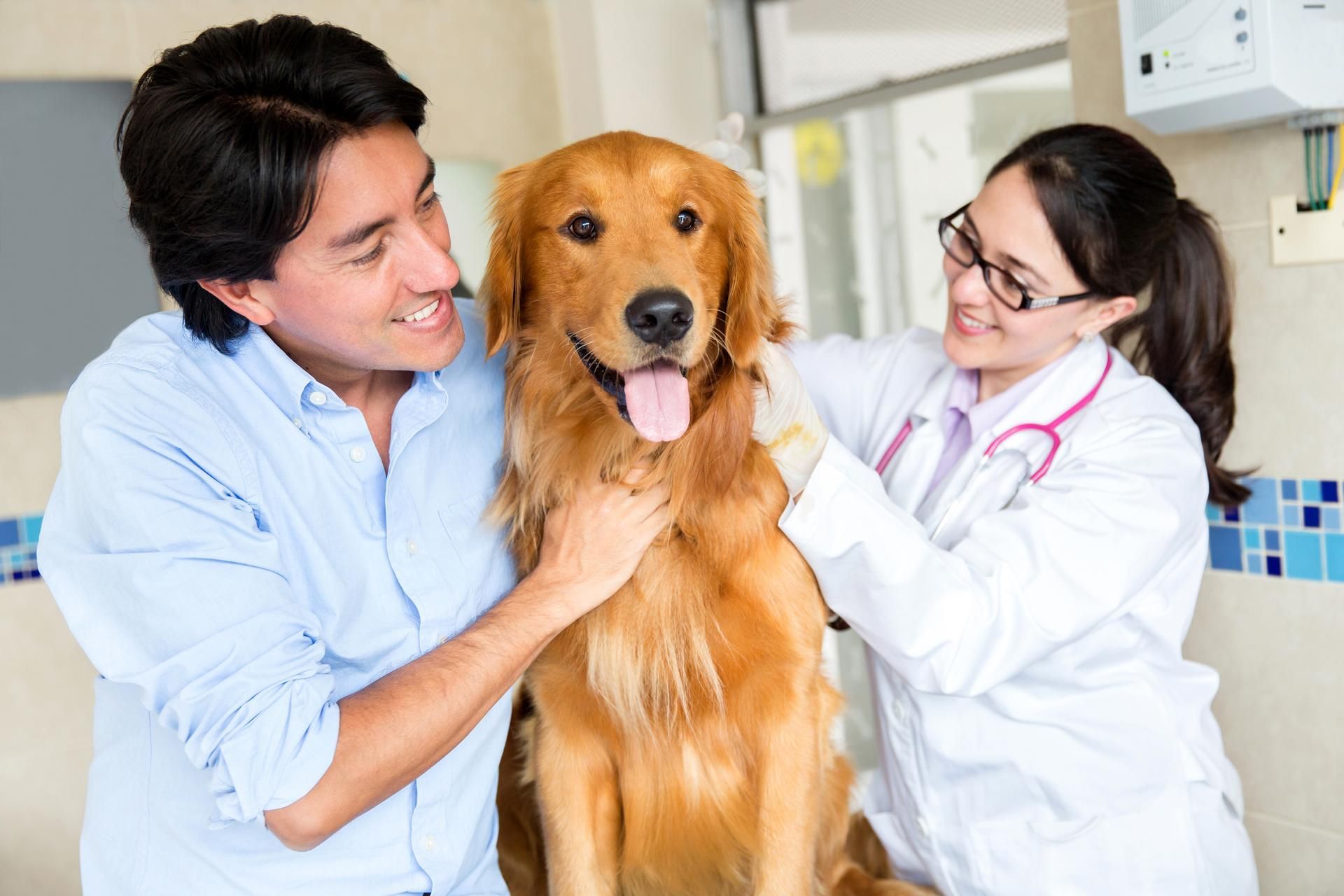The Truth About a Dog's Vision and Color Blindness

Many assumptions about our pets and their lifestyle are based on word of mouth. How many times have you heard that a dog's mouth is cleaner than a human's mouth only to see your beloved canine digging through the trash? While many of us accept the simple phrases as truth, if you dig a little deeper, you will find out what is correct.
One prime example has to do with the vision of dogs. For multiple generations, a blanket statement like "dogs are color blind" has had pet owners assuming their beloved pets could only see in black and white. Truthfully, dogs can see multiple colors, it's just that the processing of those colors is far different than the human eye.
Follow this guide to learn the truth about a dog's vision and the impact color blindness has on their life.
A History of Colorblind Dogs
Media has a powerful influence on the facts and assumptions that people make. Many movies and televisions shows don't even need to directly state that dogs are colorblind. A dog's perspective is often shown with muted colors or completely in black and white. The myths about a dog's vision start young as several children's movies feature the idea.
For example, in the movie All Dogs Go To Heaven, two of the dogs argue over the color of pipes. In the film Cats & Dogs, the dogs cannot decipher the colors of certain wires. These are some of the more extreme and direct examples, but they have always set up the precedent that dogs cannot see colors.
Color Impaired
One of the main issues with calling a dog colorblind is the use of the word "blind". The word infers that a dog cannot see any colors, which is not the case at all. Simply put, dogs are color impaired. This means that a dog's range of colors is not as great as a human's. Their perception of the world is a lot different than healthy human eyes.
The main reason for the changed vision has to do with a dog's cones in their eyes. Also known as color receptors, a typical human with full-color vision will have three receptors. A dog is only born with two. Because a dog starts out with just the two, the color visuals are just the norm for the animal.
A dog does not start out with full-color vision that slowly fades over time. On a day-to-day basis, the colors a dog sees are normal to them and there is no way for them to compare or know the difference.
Color Ranges
After years of studies, professionals have determined that dogs can see a range of blue to yellow colors. This means that red-based colors are not a part of their visual spectrum. Dogs will see a range of blues, yellows, and some greens, but many of the colors will appear dull and blend in with the surroundings.
The closest version of this type of colorblindness in humans is known as a red-green colorblind. In humans, this form of colorblindness makes it hard to decipher colors in the red and green range, as colors blend together. For dogs, the challenge becomes greater in low-light situations or when colors are dull.
For example, a bright green apple may stand out, but a dull red apple could blend right in with a section of grass. This is part of the reason that dogs will use their keen sense of smell. If dogs have trouble visualizing objects, then the scent will help them find food, their favorite toys, or other objects.
Treatment Options
Currently, there is no viable way to treat a dog's colorblindness or introduce a larger color spectrum into their world. The color-impaired nature of a dog will not impact their everyday life because dogs are just born this way. If you believe your dog is having vision problems, the issues will not likely stem from their color visuals.
A complete vet exam will determine other visual issues your dog may have, including cataracts or vision loss. Vets can often person a visual exam to see changes in a dog's eyes. Further tests could include scans to determine if other issues are present.
Dog Toys & Treats
At home, you can help a dog's color vision with some of the product selections you make. Bright and bold colors will stand out more to a dog and help the animal see objects clearly. For example, you could purchase a bright blue dog bowl to serve food in.
When you purchase dog toys, look for vivid colors like yellow. The toy color will make a big difference for any outdoor toys. For example, a dog could easily retrieve bright yellow balls in a yard filled with green grass.
If you have any questions about your dog's sight, do not hesitate to contact us at South Seattle Veterinary Hospital. We will give your dog the utmost care and can also provide treatment for any emergencies like eye injuries.










